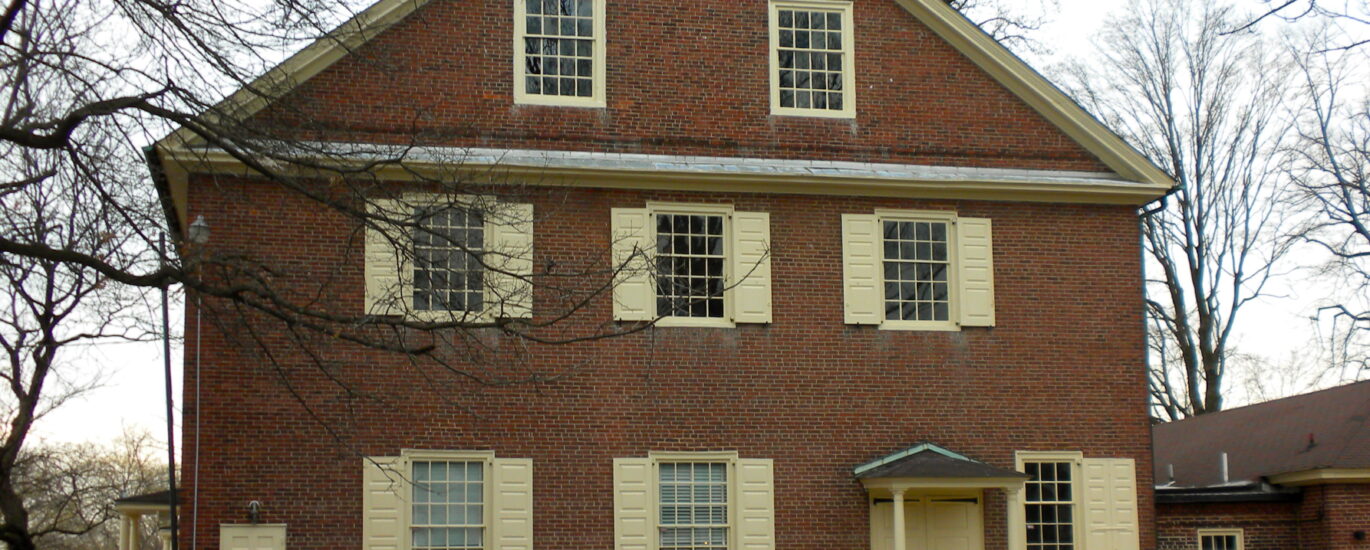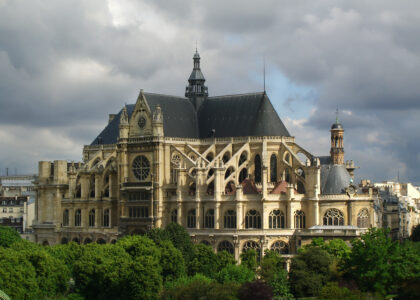Welcome to the Wilmington Friends Meeting House, a cornerstone of both spiritual life and historical significance in Delaware. Established in 1738 by William Shipley and other early Quaker settlers, this site has been a pivotal location for the Religious Society of Friends, commonly known as Quakers. As you explore, imagine the early days when the first Meeting House served both as a place of worship and a school—the beginnings of what we now know as the Wilmington Friends School, Delaware’s oldest existing school.
By 1748, a new, larger Meeting House was needed to accommodate the growing number of worshippers. This speaks to the thriving Quaker community in Wilmington, which was then part of the ‘Three Lower Counties’ of Pennsylvania under William Penn’s proprietorship. The current Meeting House, constructed in 1816, continues to serve as a place of worship and community activity, preserving the simplicity and tranquility that the Quakers hold dear.
Wilmington Friends Meeting House played a vital role in the Underground Railroad, acting as a haven for those escaping slavery. Thomas Garrett, one of the most renowned conductors on the Underground Railroad, was a member here. He worked closely with famous figures like Harriet Tubman, assisting over 2,700 enslaved people on their journey to freedom. His dedication to equality and justice earned him the title ‘Stationmaster of the Underground Railroad.’
As you pass by, consider the lives of those who have gathered here—leaders of social change who, through peaceful means, altered the course of history. The adjoining burial ground is the final resting place of John Dickinson, a signer of the Constitution, and Thomas Garrett himself. Their stories are interwoven with the legacy of this site, reminding us of the enduring impact of courage and conviction.
The Meeting House’s architecture reflects the Federal style, characterized by its simplicity and symmetry, mirroring the Quaker values of simplicity and humility. This site remains an active center for worship and community events, holding on to its rich history while continuing to serve the spiritual needs of modern-day Quakers.




